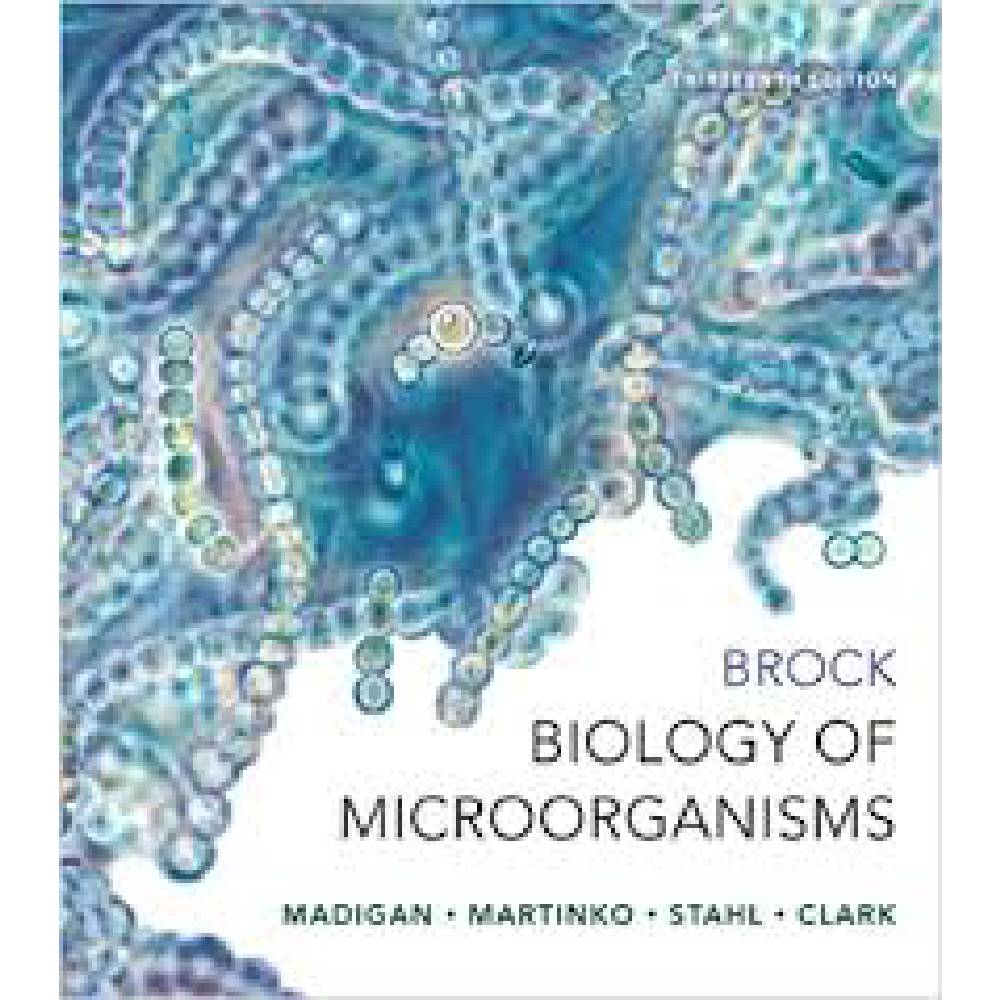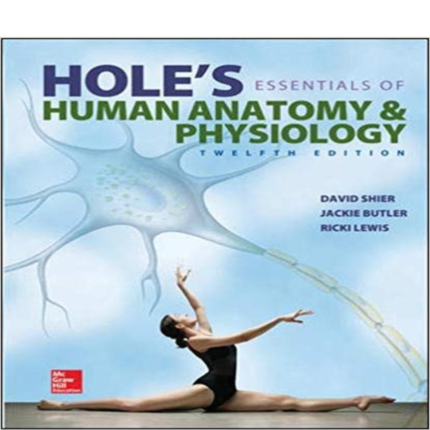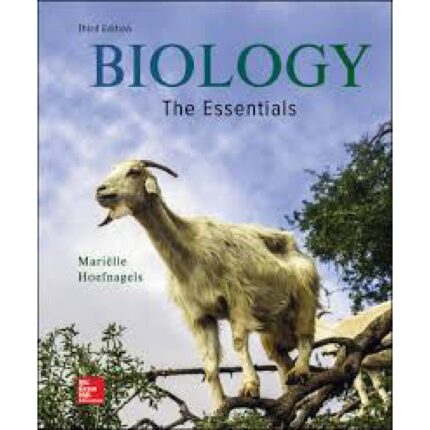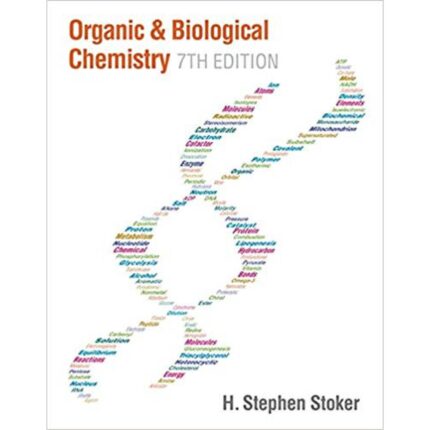MULTIPLE CHOICE. Choose the one alternative that best completes the statement or answers the question.
1)
If a foreign gene is cloned into a host, it is important that the cloned host itself
1)
_______
A)
repress the genetic expression being studied.
B)
produce the protein in larger amounts than the vector.
C)
not produce the protein being studied.
D)
produce signal proteins to tag the host protein.
2)
Detecting a specific protein with an antibody is considered a(n) ________ method.
2)
_______
A)
duplication
B)
isolation
C)
selection
D)
screening
3)
A vector that can be used to clone a desired gene that contains regulatory sequences so the expression of the gene can be manipulated is called a(n) ________ vector.
3)
_______
A)
stability
B)
endogenous
C)
expression
D)
regulatory
4)
Expression vectors are designed to ensure that ________ can be efficiently ________.
4)
_______
A)
mRNA / translated
B)
DNA / transcribed
C)
DNA / translated
D)
mRNA / transcribed
5)
A(n) ________ gene is a gene that encodes a protein that is easy to detect and assay.
5)
_______
A)
reporter
B)
encoder
C)
translational
D)
recorder
6)
One of the more formidable obstacles to mammalian gene cloning is the presence of
6)
_______
A)
repressors.
B)
integrators.
C)
introns.
D)
exons.
7)
Which is the organism of choice for most molecular cloning?
7)
_______
A)
Bacillus subtilis
B)
Vibrio natriegens
C)
Saccharomyces cerevisiae
D)
Escherichia coli
8)
What type of vector can replicate and be maintained stably in two (or more) unrelated host organisms?
8)
_______
A)
integrating
B)
shuttle
C)
expression
D)
virus
9)
The genes encoding luciferase, green fluorescent protein (GFP), and β-galactosidase are typically used in cloning as
9)
_______
A)
reporter genes.
B)
transcription regulators.
C)
global control genes.
D)
promoter sequences.
10)
mRNA transcripts are converted into cDNA by
10)
______
A)
DNA polymerase.
B)
RNA polymerase.
C)
reverse transcriptase.
D)
a restriction endonuclease.
11)
By definition, genetic engineering techniques are performed
11)
______
A)
in situ.
B)
in toto.
C)
in vitro.
D)
in vivo.
12)
The class of restriction endonucleases that cleave the DNA within their recognition sequences is known as
12)
______
A)
type III.
B)
type II.
C)
type I.
D)
All restriction endonucleases cut within their recognition sequence.
13)
Which of the following sequences is a palindrome?
13)
______
A)
GGGGGGG
CCCCCCCC
B)
GAATTC
CTTAAG
C)
TTGCCGA
AACGGCT
D)
GTAATG
CATTAC
14)
Nucleic acid hybridization is widely used for ________ segments of DNA.
14)
______
A)
characterizing
B)
identifying
C)
detecting
D)
all of the above.
Answers
1)
C
2)
D
3)
C
4)
D
5)
A
6)
C
7)
D
8)
B
9)
A
10)
C













Reviews
There are no reviews yet.